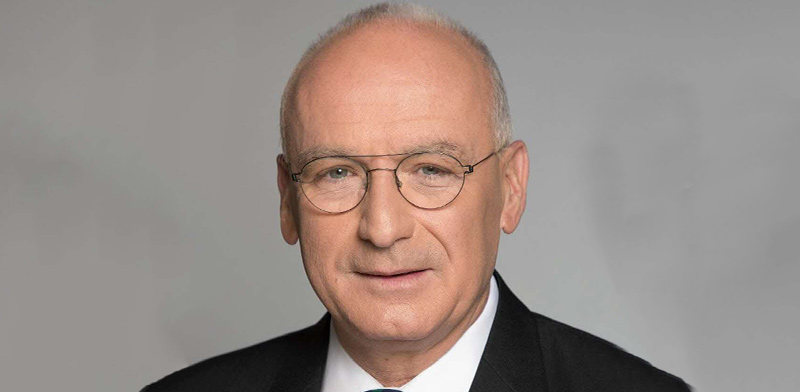
Suppose Torah Judaism were to announce that it was celebrating Christmas. Suppose Meretz would announce that it opposes traveling on Saturday. It is certainly permissible for these and those, however I am pretty sure the voters would have demanded explanations, how it is that their minds have suddenly been turned upside down. This explanation must also be demanded of the Bank of Israel.
The expected decision to change the structure of the mortgage is no less strange than the decisions described above. For households that have not yet taken out a mortgage it is a celebration, and I am happy with the joy of the lottery winners, but what about asking how it suddenly happened? How is it that until yesterday it was very dangerous to take out a mortgage at prime interest rates, and from today it is no longer? Did it come with the corona vaccine, or maybe the Bank of Israel also understands that it no longer owes anyone a bill and is allowed to change direction 180 degrees from today to tomorrow?
The average mortgage amount has swelled in the last decade, simply because apartments have become more expensive, with the Bank of Israel not contributing even slightly to the recession. Despite the decrease in the base interest rate charged by the Bank of Israel from the banks, the interest rate paid by households has hardly decreased. In 2011, the Bank of Israel decided to limit the percentage of its mortgage that can be taken at full variable interest rates from 100% to 33%. The decision was then attributed to “protecting households from risks”. No risk materialized. The Bank of Israel, like me, held models that showed how zero the risk was, but nothing has moved it to this day.
Here, take two simple, even abstract accounts. Economics and finance graduates are welcome to shoot arrows at me on the round of calculations, but round sums are clearer to the public:
One account is in relation to a family that took out a mortgage of NIS 900,000 for 20 years. This family was forced to take two-thirds of the amount, NIS 600,000, at a fixed or variable interest rate of at least 3.6%. Suddenly, in another month she can get a mortgage of which only one-third is at a high interest rate, and two-thirds at an average interest rate of “Prime minus 0.8” at least, i.e. 0.8% per annum.
For the expensive 300,000 shekels, she will pay about 21.3 thousand shekels every year. For the NIS 300,000 in the cheapest part of the loan, she will pay only NIS 16.3 thousand a year. The difference is NIS 5,000 a year, every year. Doubled in 20 years. And you will receive a sum of NIS 100,000. And what about those who have already taken? Ate it. The bank will want a “fine” for the turnover.
If you want, you can put it this way: in both cases, NIS 15,000 of the annual payment is the principal repayments. The difference is in interest payments, which fall from NIS 6,300 to NIS 1,300 a year. 80% “discount”.
A second account is towards the banks. Since 2011, the banks have provided a net amount of NIS 210 billion in mortgages (less repayable new loans). For a third of this amount, NIS 70 billion, 2-2.5% of the “excess risk premium” is collected from households each year. In other words, it is about NIS 15 billion that households have transferred to banks each year as excess interest, a “risk premium” for a risk that never existed. If you will, a kind of tax that the Bank of Israel has decided to transfer to the banks, so that God forbid they lose their stability. By the way, the celebration will not end in January 2021, because the banks will not allow mortgages to be refinanced without fines of tens of thousands of shekels.
The Bank of Israel owes us an explanation. For each of us who gritted our teeth and paid for an inflated mortgage for a decade. The bank must not be allowed to evade this without a professional investigation into why the process was not carried out years ago and gradually.
The author is the head of the specialization in finance and the capital market at the Ono Academic Campus